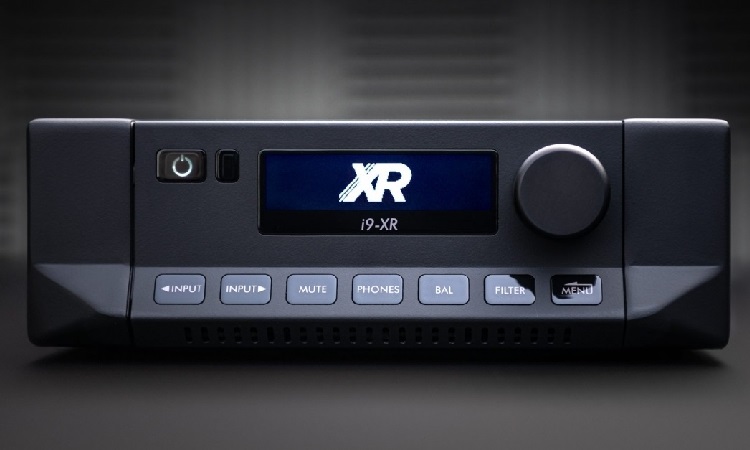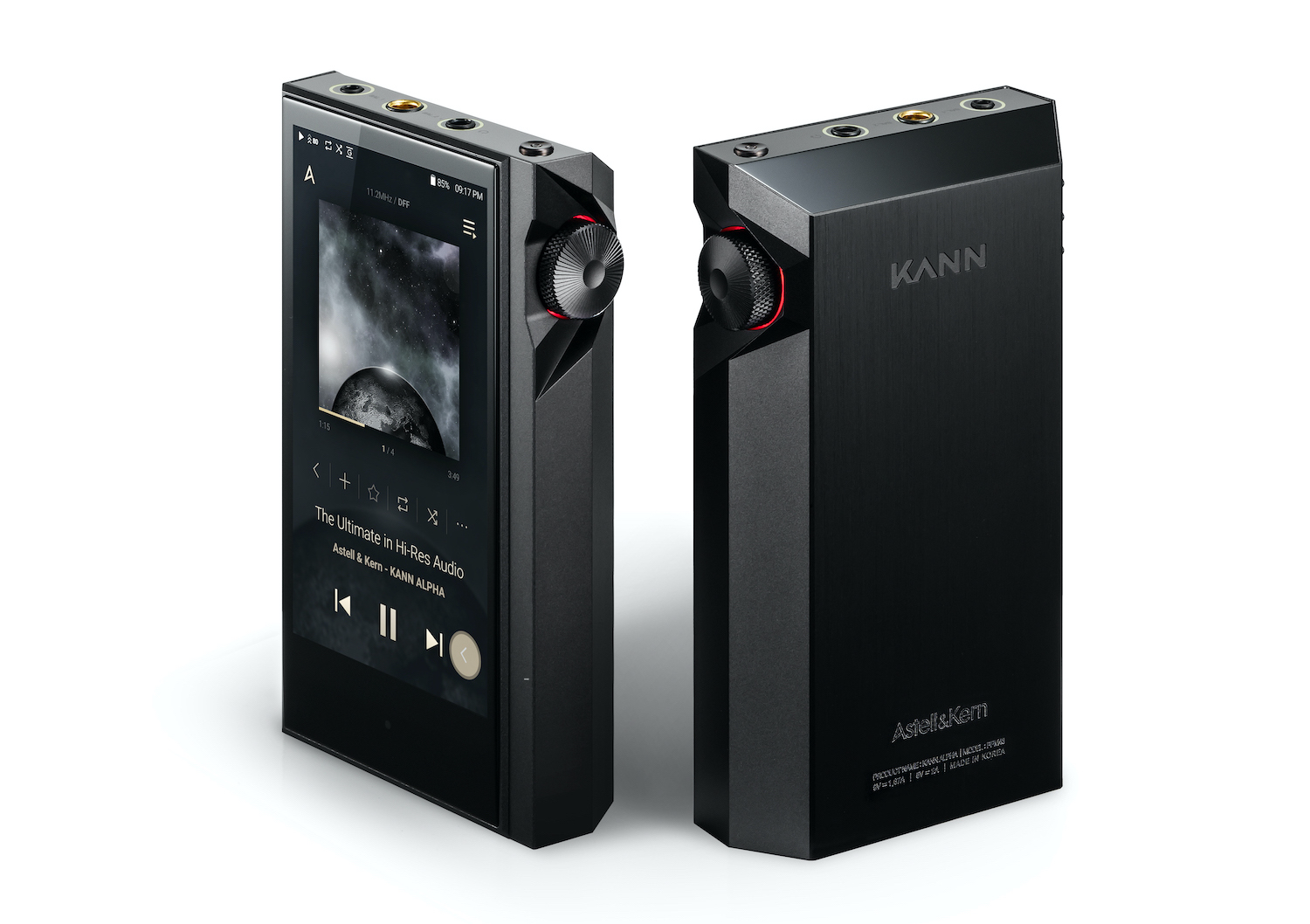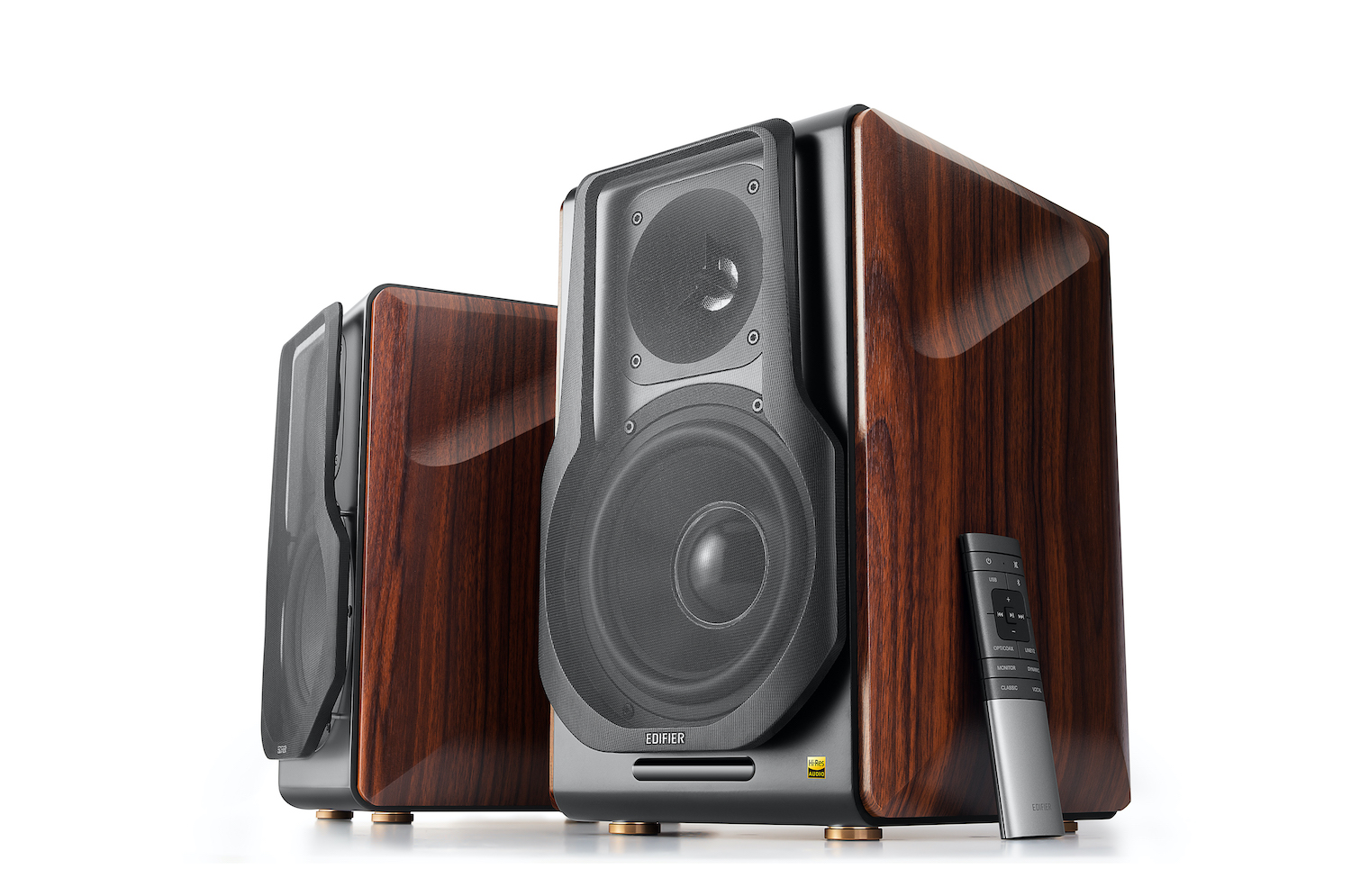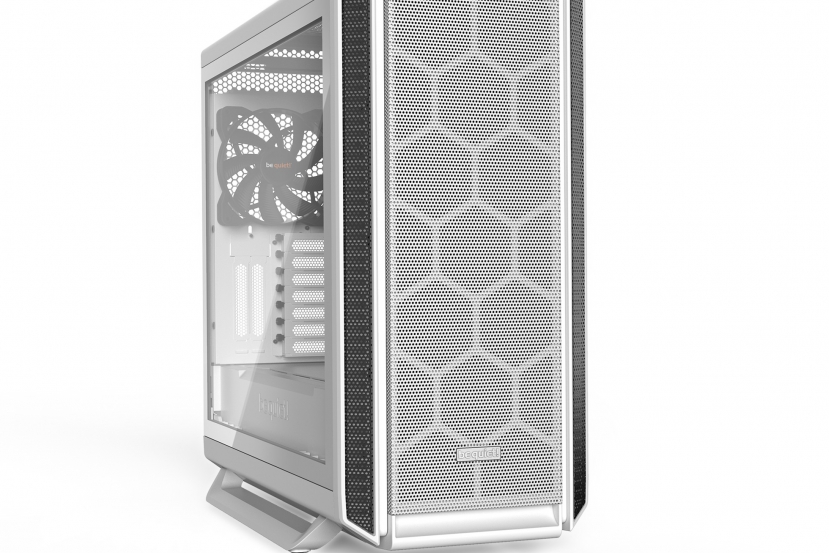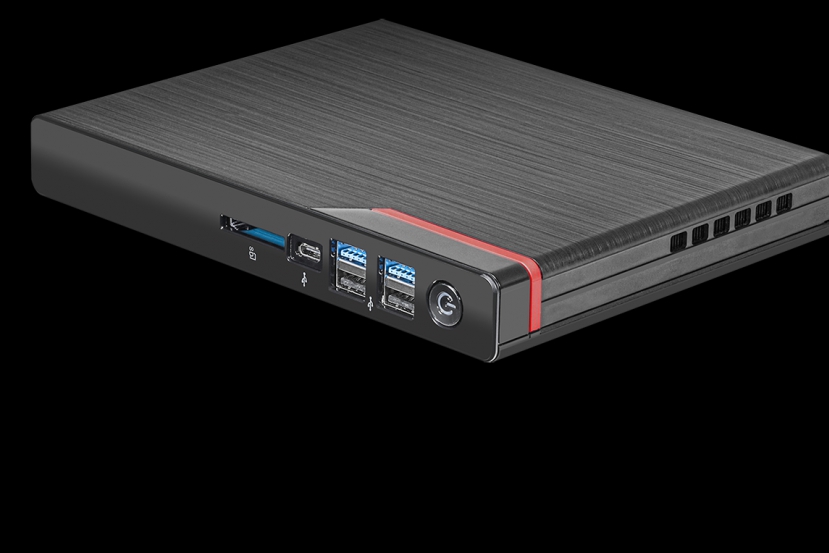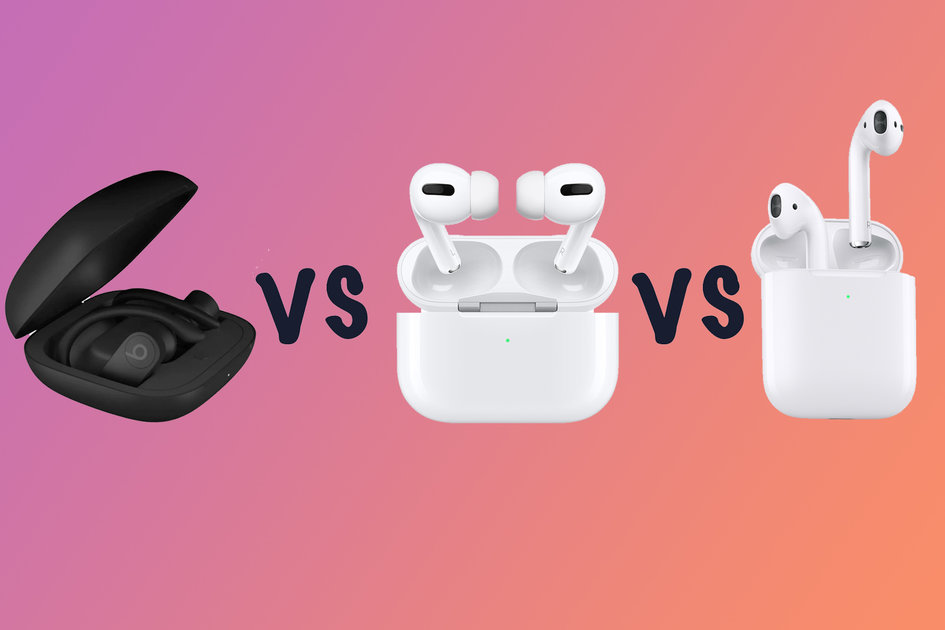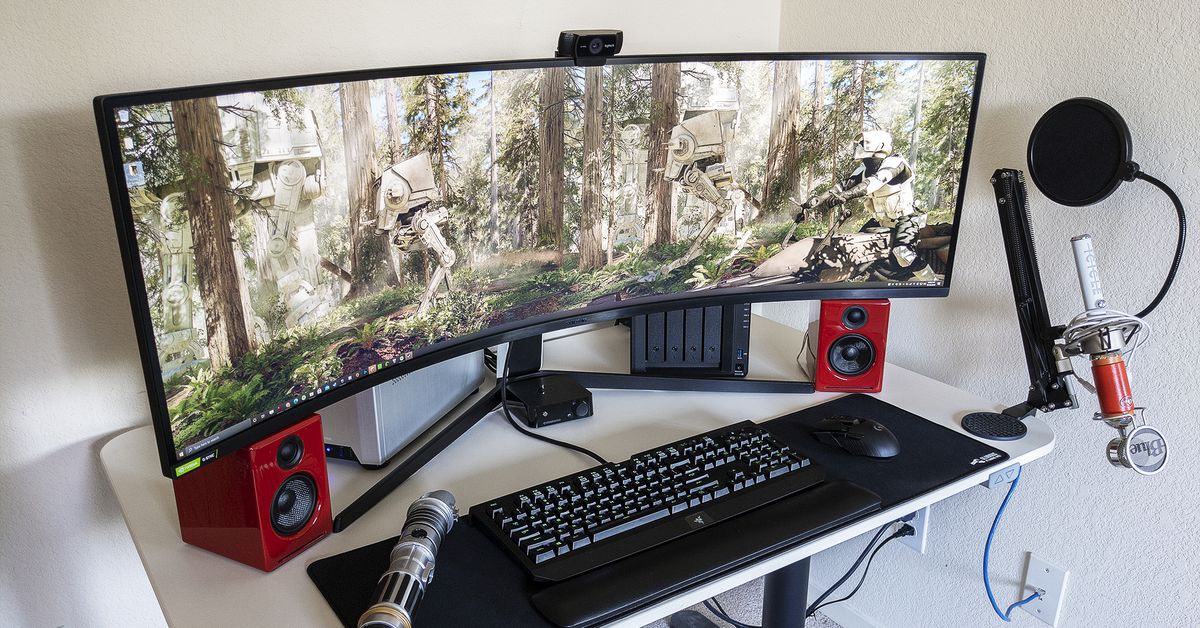As Cyrus Audio for à © à One thing, it is a British hi-fi sound in a small, living room-friendly format. The brand is now launching the new XR family: more high-end and powerful but still very compact. The i9-XR that we are testing here is the top model and overwhelms with enormous connectivity and a new DAC section.
There are music lovers who dream of a hi-fi sound and all the possibilities, but who do not want a large music system that dominates the living room. Based on this observation, Cyrus Audio has been working on compact all-rounders that still perform at a high level for almost forty years now. Now there are more brands that occasionally market a device with modest dimensions, but the British of Cyrus are convinced believers in the so-called ‘half width form factor’; everything they build is about half the width and height of a traditional hi-fi device. The depth of this new Cyrus does not differ from large stereo amplifiers, but that is not so bad in itself. And perhaps also inevitable; you can reduce a lot, but in the end you have to give the electronics and power supply the place.
It The end result is in any case a device that is spectacularly small. Something that can easily get an inconspicuous place on or in a TV cabinet. Is all innovation then aimed at miniaturization? No, says the manufacturer. Despite its small size, the i9-XR is truly meant to be a premium device, thanks to underlying technology worked on over the past decade.
Cyrus Audio i9-XR The Cyrus i9-XR positions itself with a suggested retail price of 3. 399 euro so as a challenger for established (and bigger) rivals to brands such as Hegel, NAD and many others. One thing you have to admit: it competes with a set of unique assets.
The i9-XR is the first all-in-one amplifier in the all-new premium XR family, along with the i7-XR of 2. 500 euros. There are other XR devices, including the Pre-XR preamplifier, two CD players (with and without their own DAC) and the PSU-XR. And Cyrus hints that more may follow. The PSU-XR has a special place in this family story. It is an external power supply that you can optionally combine with the i9-XR. It is an option that the manufacturer also offered in the past for Classic devices, intended to remove a potential source of interference from the housing and thus improve the display. Unusually, the PSU-XR is not just a replacement power supply for this one amplifier. It is compatible with four current XR devices (only the i7-XR not) and will also power future XR products.
With its modest size, multitude of connections, extra attention to the headphone output and With an idiosyncratic design, we find the i9-XR a striking appearance in the extensive hi-fi landscape. Compared to the devices from the two other Cyrus series, the more expensive XR family really has its own look and design. The Classic line is full-blooded Cyrus with a similar size and the distinctive green display, while the One devices combine a sleek no-nonsense design with the latest features, such as Chromecast streaming and an HDMI port. Cyrus himself describes his three lines in the Apples way: One is â ???? goodâ ????, Classic is â ???? betterâ ???? and XR is “best”. Even in the hi-fi world, you cannot escape the influences from Cupertino.
With the i9-XR, Cyrus has tackled various parts to lift the devices to a premium level. You have to, because at this price point there are simply worthy rivals. The first target was to combat noise, nutrition was also improved. The company always had its own implementation of ESS-DACs, called QXR, paying extra attention to the filters and analog buffers that followed the DA converters. The latter part has been completely redesigned in the second generation QXR in this new Cyrus. It can therefore handle the highest resolutions via the USB port. New is that you can switch between five filters, so you can tweak the sound in a modest way to your taste.
Maximize Minimalism It is almost a natural law of the hi-fi: if the device is compact, then a manufacturer has fewer opportunities to tempt the hi-fi enthusiast. With flashy design elements such as large VU meters â ???? whether or not it emits blue light â ???? or with massive volume buttons that just fit an adult hand, that is quite easy. A mastodon of 40 kilos of shiny steel is more noticeable than a small box of a few kilograms. So that’s a disadvantage if your name is Cyrus and net bet on compact devices. But just like say TEAC with its Reference 750 series, the British know how to make much of little.
In concrete terms: the i9-XR comes in a relatively heavy housing with a very solid and yet refined appearance. This also has to do with the material used (die-cast metal) and its shape. No, it is not just any rectangular box. Corners have been flattened, a minor change that makes the device more modern and intriguing to look at. An eye-catcher is undoubtedly also the front: in the bottom half the panel shows a bend forward and the corners are even more chamfered. That immediately gives the device a little more character and it is also a functional plus. The operating buttons are better presented to the user by the tilted front panel. By the way, they are keys that almost look like touch-sensitive touch buttons. A light touch is enough to operate them.
At the front, the focus is also on the screen, flanked on the right by a volume knob that also doubles as a selection knob when you dive into the menus. The display is not black on green as with classic Cyrus devices, but black on white. Do you like white letters on a dark background better? Through the settings you can swap the colors, a small but nice option. The brightness is also adjustable or you can turn off the screen completely. Handy, because the LCD screen can be quite bright. The high contrast means you can read it from further away than you would expect, but it still remains small print.
Thanks to all these things, the i9-XR has a more valuable look than previous Cyrus- devices. The bling-bling content is limited, but you can see that this is a premium product.
Greater impact than you might expect You must be prepared you can put your prejudices about small devices away when you listen to the i9-XR. This class AB amplifier promises 2x 399 Watt (6 Ohm) of power, which is certainly not too little. We connect a set of KEF R3â € ™ s, great upright speakers that also matched the One Cast well. Why not a large floorstander? We quietly suspect that music lovers who opt for a small hi-fi device will not suddenly opt for man-sized speakers. Although that contrast between small and large also has something, of course.
The One Cast from a year ago was a class D amplifier and Cyrus himself says that the XR series is also more neutral. tuned. Nevertheless, we find that the i9-XR still conveys much of its British character when we listen to music via Roon (partly Qobuz, partly own collection), supplied via the USB port. A cozy warm glow hangs over â ???? Stay Tunedâ ???? by Canadian jazz singers Dominique Fils-Aimà ©, very pleasant to dream away with while it’s pouring outside. With the much less slow remix of ‘Free Dom’ ???? the little Cyrus shifts effortlessly to a higher gear, without being bothered by the merciless beats. Even if we chase the volume to neighbor-unfriendly levels, the i9-XR continues to drive those R3’s very well. When we pass by the exciting â ???? Zu Asche, Zu Staubâ ???? from the German TV series Babylon Berlin, with a great drum solo before the whole orchestra starts, it continues to enjoy an impactful, yet slightly warmer presentation in which the finer detail is not missing. Apart from some demonstrations at shows, we don’t know the previous QXR generation that much. But the renewed DAC certainly does not disappoint when we move towards classical music, and the Craig Armstrong â ???? Cecilia Weston theme belonging to â ???? Far from the Madding Crowdâ ???? to listen. The violin line is sometimes very playful and spry, like a stormy wind blowing through a forest, but you still get very layered, scraping violin sounds served. Also in the dynamic performance by the LSO Chamber Ensemble of Stravinksky’s â ???? The Soldier’s Taleâ ???? really enjoy natural, engaging live reproduction of this classic, complemented here by a range of English dialect voices. It is not as bombastic as say the Decca version by Lâ ???? Orchester de la Suisse Romande, but it is much more fun to listen to. Regardless, it remains remarkable that Cyrus has provided a sufficiently large power supply in the small housing so that the amplifier can really handle those difficult dynamic jumps. Of course you want that from a product of a higher class.
Packed with connectors Turn the i9-XR over , then you will discover a small disadvantage of the modest size. Since Cyrus is committed to maximum connectivity, many inputs have been crammed into a small area. It’s actually unbelievable what you can discover here: four analog cinch pairs one one phono connection, four digital inputs (2 x optical, 2 x coaxial) and a USB class B. Cyrus sees the i9-XR also plays a role as a preamplifier, as two pre-outs are provided (with fixed and variable output level).
With only a few square centimeters of empty space left, Cyrus has provided M-Bus connectors (so you can operate multiple Cyrus products together) and a separate connection that is somewhat reminiscent of a VGA port of antique computers but it is for the optional PSU-XR power supply. In short, also in terms of connectivity, the small i9-XR is not inferior to big rivals.
If you like the majority of people connect everything and then never touch those cables again, it is huge range of connections on a small surface, no huge problem. If you are plugging in and pulling out plugs more often, you will have to do that with more attention. Okay, in most cases you plug in an amplifier and don’t look at those connections anymore. Then you will not really be bothered by the busy back panel.
The only exception is if you want to listen with headphones from time to time. That connection is also placed at the back and is a little less convenient to reach. That seems very unfortunate at first, because Cyrus has paid extra attention to the headphone amplification with this device. But then our eye falls on the “Phones” button on the front. If you dive into the settings, you can set the headphone output to turn on (and turn off the speakers) when you tap this button. For example, you can leave a small adapter / extension cable connected, so that you can quickly connect your headphones. By the way, Cyrus chose to place the headphone output at the rear because it makes the front more aesthetically pleasing.
We notice that the main output is of good quality when we connect the Focal Stellia. With an integrated amplifier you can never be guaranteed that the headphone output will sound the same, but that certainly doesn’t seem to be the case in this case.
Also for TV Unlike the Cyrus One Cast that we tested in March, the i9-XR does not have an HDMI-ARC input. When we peek at the busy back panel, we wonder where you might lose it anyway. In terms of integration with your television, you have fewer options, but it is not very difficult. You can simply bring the television sound to the Cyrus amplifier via an optical cable.
That may sound cumbersome to some, but that is not too bad. We wrote it before this year: the result you get can be very good. This is also the case with the i9-XR. Even with the Sony KD – 65 AF9 that hangs in our test room, you get a nice sound upgrade. That TV comes with Acoustic Surface speakers and a separate subwoofer, and yet it is much nicer to see Bruce Springsteen’s â € œLetter to Youâ € – documentary that you can find on Apple TV + via the Cyrus and the KEF R3- speakers.
In this documentary you can see how Springsteen and the E Street Band are working on their new album, a process in which there is a lot of chattering and of course some music. It is mainly a documentary with a lot of atmosphere, and you get a much larger portion of it through those separate speakers. Not only when songs from Letter to You are played, but also during the playful chatter between recording sessions. Dialogues are also easier to understand in a stereo setup like this one, if you make sure that the speakers are well placed in relation to your screen. In the case of the R3’s, that meant they were also screwed in a bit.
Conclusion Cyrus wants to prove with the i9-XR that you can also expect high-end performance from something that is a fraction of the size of a typical hi-fi device. A mission in which the British largely succeed, because small clearly does not stand for muscleless here. The small size has some consequences for user comfort, such as a smaller screen (which is very contrasting) and a busy back panel. However, these do not detract from the core values of the Cyrus i9-XR: play your music in high quality and in a warm, intimate way, also on Goliath speakers many times larger than this little David.
Cyrus Audio i9-XR
3. 399 euro | Â www.cyrusaudio.com
Rating 4.5 / 5
